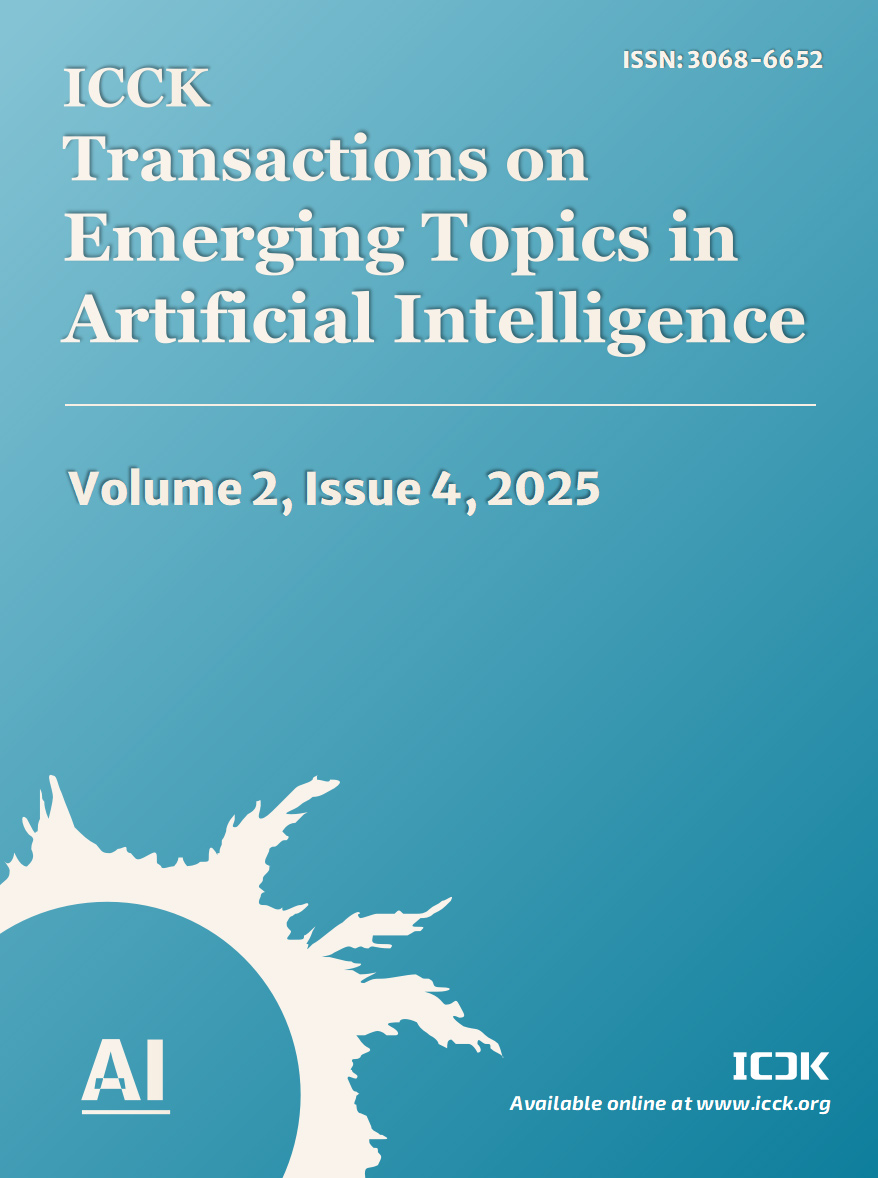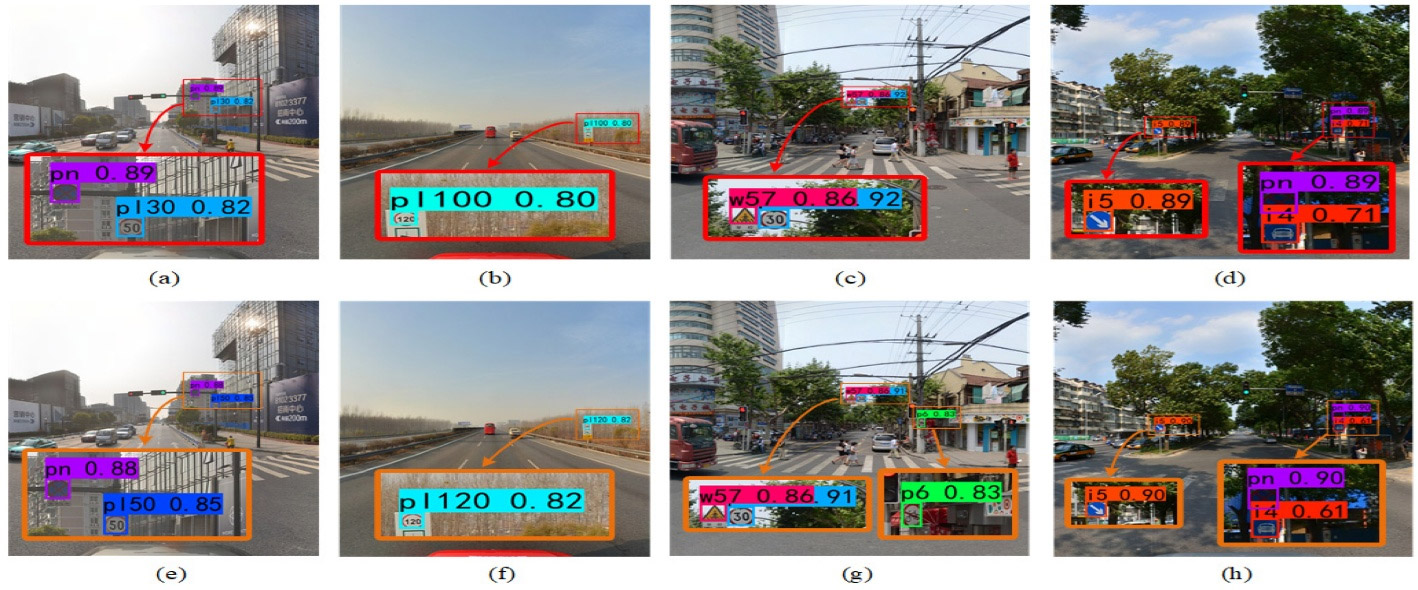Abstract
Object detection is a fundamental problem in computer vision, with applications spanning self-driving cars, surveillance systems, medical imaging, robotics, and smart cities. Among the myriad of algorithms developed for this task, the You Only Look Once (YOLO) family stands out for its ability to perform real-time and accurate object detection. This article provides a comprehensive analysis of the YOLO algorithm series, from YOLOv1 to YOLOv8, evaluating them across key performance metrics, including precision, recall, mean Average Precision (mAP), frames per second (FPS), and overall effectiveness. Unlike traditional two-stage detectors such as R-CNN, YOLO formulates object detection as a single regression problem: a single pass over the image simultaneously predicts bounding boxes and class probabilities. This end-to-end design enables YOLO to achieve high speed while maintaining a competitive accuracy-efficiency trade-off. We examine architectural innovations across YOLO versions, including batch normalization, anchor boxes, residual blocks, feature pyramid networks, and attention mechanisms, and discuss their impact on performance. Lightweight models (e.g., YOLOv5-Nano, YOLOv8-Small) are explored with a focus on their suitability for mobile and embedded systems, highlighting YOLO’s adaptability to resource-constrained environments. Challenges such as small object detection, occlusion, and domain-specific tuning are also addressed. This article serves as a practical guide for researchers, developers, and practitioners aiming to leverage YOLO for real-world object detection tasks.
Data Availability Statement
Not applicable.
Funding
This work was supported without any funding.
Conflicts of Interest
The authors declare no conflicts of interest.
Ethical Approval and Consent to Participate
Not applicable.
Cite This Article
APA Style
Koppireddy, C. S., Javvadhi, B. S. S., & Madireddy, P. R. (2025). Efficient Object Detection in Images Using YOLO Algorithm: A Performance Evaluation. ICCK Transactions on Emerging Topics in Artificial Intelligence, 2(4), 192–202. https://doi.org/10.62762/TETAI.2025.654854
Publisher's Note
ICCK stays neutral with regard to jurisdictional claims in published maps and institutional affiliations.
Rights and Permissions

Copyright © 2025 by the Author(s). Published by Institute of Central Computation and Knowledge. This article is an open access article distributed under the terms and conditions of the Creative Commons Attribution (CC BY) license (
https://creativecommons.org/licenses/by/4.0/), which permits use, sharing, adaptation, distribution and reproduction in any medium or format, as long as you give appropriate credit to the original author(s) and the source, provide a link to the Creative Commons licence, and indicate if changes were made.


 Submit Manuscript
Edit a Special Issue
Submit Manuscript
Edit a Special Issue

 Copyright © 2025 by the Author(s). Published by Institute of Central Computation and Knowledge. This article is an open access article distributed under the terms and conditions of the Creative Commons Attribution (CC BY) license (https://creativecommons.org/licenses/by/4.0/), which permits use, sharing, adaptation, distribution and reproduction in any medium or format, as long as you give appropriate credit to the original author(s) and the source, provide a link to the Creative Commons licence, and indicate if changes were made.
Copyright © 2025 by the Author(s). Published by Institute of Central Computation and Knowledge. This article is an open access article distributed under the terms and conditions of the Creative Commons Attribution (CC BY) license (https://creativecommons.org/licenses/by/4.0/), which permits use, sharing, adaptation, distribution and reproduction in any medium or format, as long as you give appropriate credit to the original author(s) and the source, provide a link to the Creative Commons licence, and indicate if changes were made. 